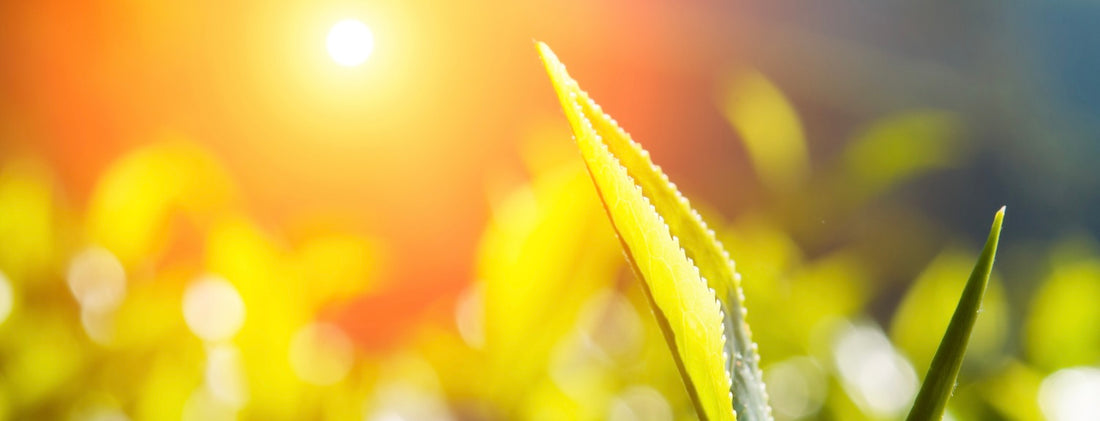What do all the Lighting Terminologies mean?
Below is a glossary of terms commonly used to describe the way LED lighting is measured as well as some botanical stuff thats kind of relevant to know when talking about light and its effects on plants.
Phytochrome (P-r) is a pigment that exists in two interconvertible forms. It absorbs red and far red light as well as influencing several aspects of plant growth and development, including flowering. Phytochrome is a photoreceptor, a pigment that plants, bacteria and some fungi use to detect light.
PPF is the amount of raw light leaving any type of hydroponic grow light, the closer you get you light meter to any light source the PPFD measurement increases.
PPFD is the measurement of how much light the plant canopy receives per sq./m per second. The distance between the LED grow light and plant canopy dictate how great this number is.
P-r (r =Red light 620-750nm) when p-r absorbs red light, it rapidly converts to p-fr, the change from its inactive form to an active form.
P-fr (fr =far red light 710-850nm) absorbs far red light it changes from P-fr to P-r so, changing from the active form to the inactive form. During a normal day, there is a difference in the way the two forms of red light are produced, unfiltered sunlight contains an abundant source of red light, whilst lacking in far red light.
DLI is the daily accumulation of light received by the plants in your grow room. DLI stands for daily light integral it is measured in the form of moles and is the calculation of light hours and PPFD. (DLI/Moles M-2 D-1)
(PPF, PPFD & DLI all of these can be measured using a quantum light meter to assess the amount of photons coming from your lighting fixture to your canopy. Using formulas you can then ascertain your PPFD and DLI from these numbers you collect using your quantum meter)
A photoperiod is defined as day length or 'the period of daily light received by an organism'
In the category of photoperiodism you'll find Short-day and Long-day plants.
For this blog specifically i will focus only on short day plants.
Some examples of short day plants:
- Rice
- Coffee
- Soya-bean
- Cannabis
- Tobacco
Short day plants in spring and summer have short nights, which means during the night there is less degradation of the P-fr stores back to P-r.
This means the level of darkness was not long enough to completely decay the P-fr stores that had accumulated during the day.
In short-day plants P-fr inhibits flowering so during spring and summer our days are much longer and the nights are shorter, because of the day length (the amount of light) flowering would not occur.
**During winter, the nights are longer and the days are shorter, when the nights are longer the P-fr now has sufficient time to decay stores and initiate flowering.
With all short-day plants there is a limit to the amount of light absorbed each day, this is called the daily light integral and measures the amount of light available to the plant each sq./M each day this measurement is taken in the form of moles, most short day plants can absorb around 25-45 moles per day.
So, during the day there is rapid conversion of P-r to P-fr with minimal conversion of P-fr to P-r meaning that during daylight hours there is an accumulation of P-fr.
At night, the P-fr stores slowly degrade back into the inactive P-r form, this conversion of P-fr to P-r allows the plant to determine the length of its day and night cycles.
Indoors, these photoperiods are generally dictated by grower preference, so ‘day’ length or a vegetative photoperiod is considered; 18 hours of light on and night is 6 hours with lights off, when you want to flower your plant/s you want to expose them to pure uninterrupted darkness so going forward your lighting schedule will be 12 hours of lights on and 12 hours of lights off so now your plants 'nights' are much longer thus allowing the P-Fr to fully decay allowing the plant to flood itself with its flowering hormone (florigen) initiating the flowering period.
**A-Grade Tip
When you are happy with the size of your plants and you decide its time to flower them; sleep the plants for a solid 24 hours (pure darkness for 24 hours) and the following day resume your 12/12 flowering light cycle. By doing this P-fr fully degrades ensuring a faster start to the flowering phase.
I hope this tutorial helps you understand more on the hydroponic lighting topic, most growers have LED grow lighting systems in their hydroponic grow rooms and grow tents now so I’d love to see a conversation form from this so please comment with your thoughts and questions.




